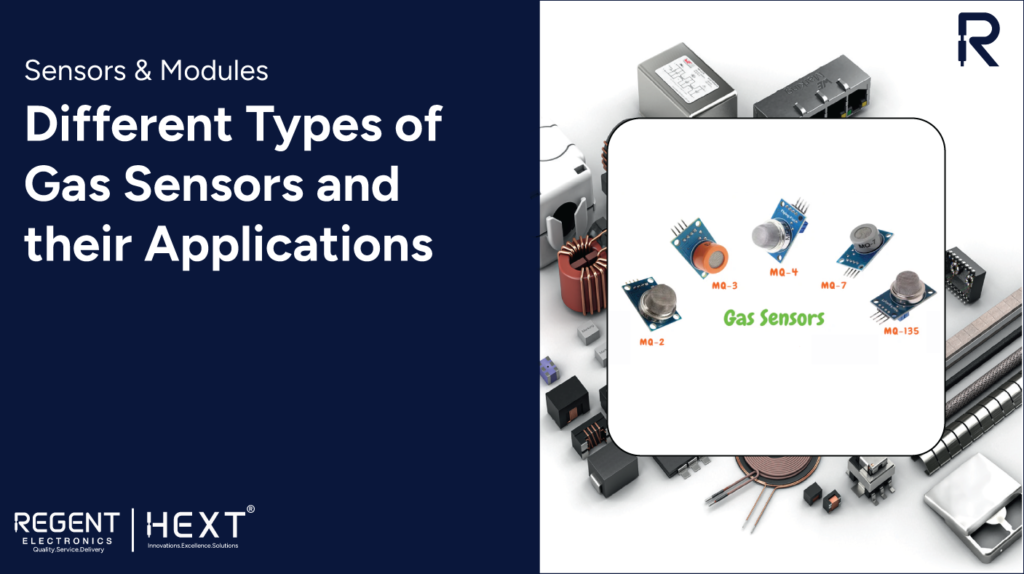
Comprehensive Guide to Different Types of Gas Sensors and Their Applications
If you’re new to electronics, understanding the differences between gas sensors like MQ-2, MQ-3, MQ-4, MQ-7, and MQ-135 can be a challenge. This guide will help you grasp the applications and unique features of these popular MQ series gas sensors, making it easier to select the right one for your needs.
MQ-2: Flammable Gas and Smoke Sensor
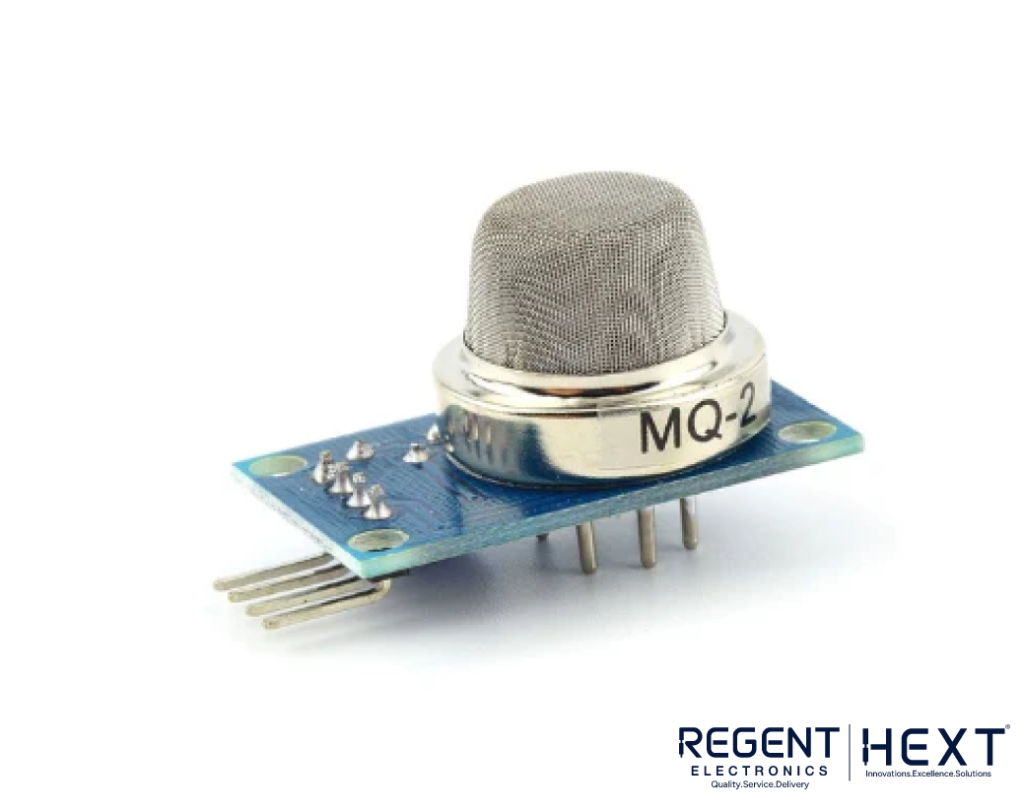
The MQ-2 sensor is widely used for detecting combustible gases and smoke. As a Metal Oxide Semiconductor (MOS) sensor, it relies on changes in the resistance of its sensing material upon exposure to gases. This sensor can detect gases like LPG, alcohol, propane, hydrogen, carbon monoxide (CO), and methane.
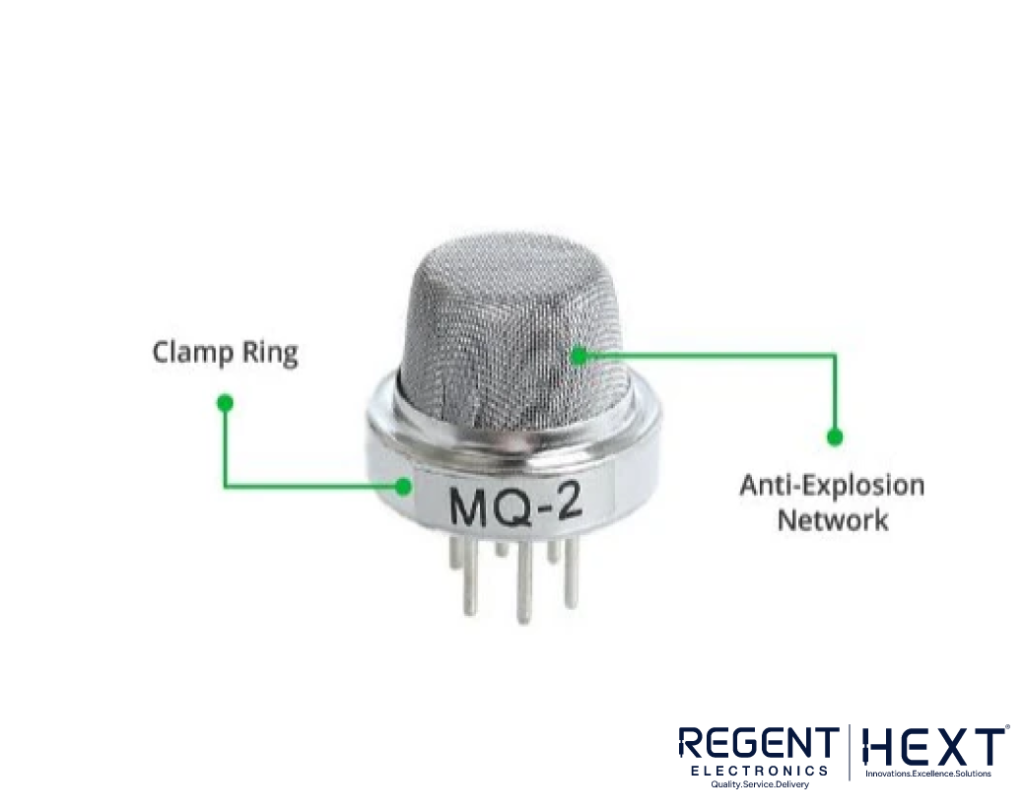
Key Features:
- Voltage Requirements: Operates on 5V DC.
- Detection Range: 200 ppm to 10,000 ppm.
- Outputs: Analog (for measuring gas concentration) and digital (for simple gas detection).
- Applications: Fire alarms, gas leak detectors, and smoke detection systems.
Structure: The MQ-2 features a ceramic tube coated with tin dioxide (SnO2), which reacts to combustible gases. It is protected by a stainless steel mesh to prevent explosions and filter out particles. This setup ensures consistent performance even in challenging environments.
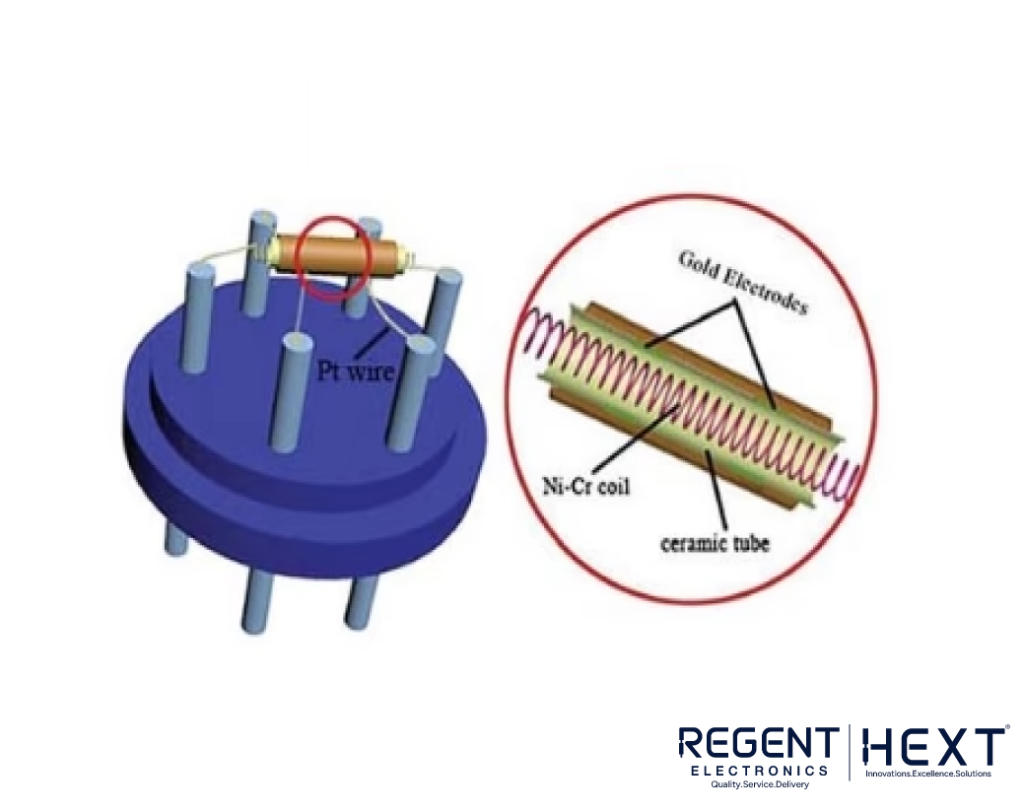
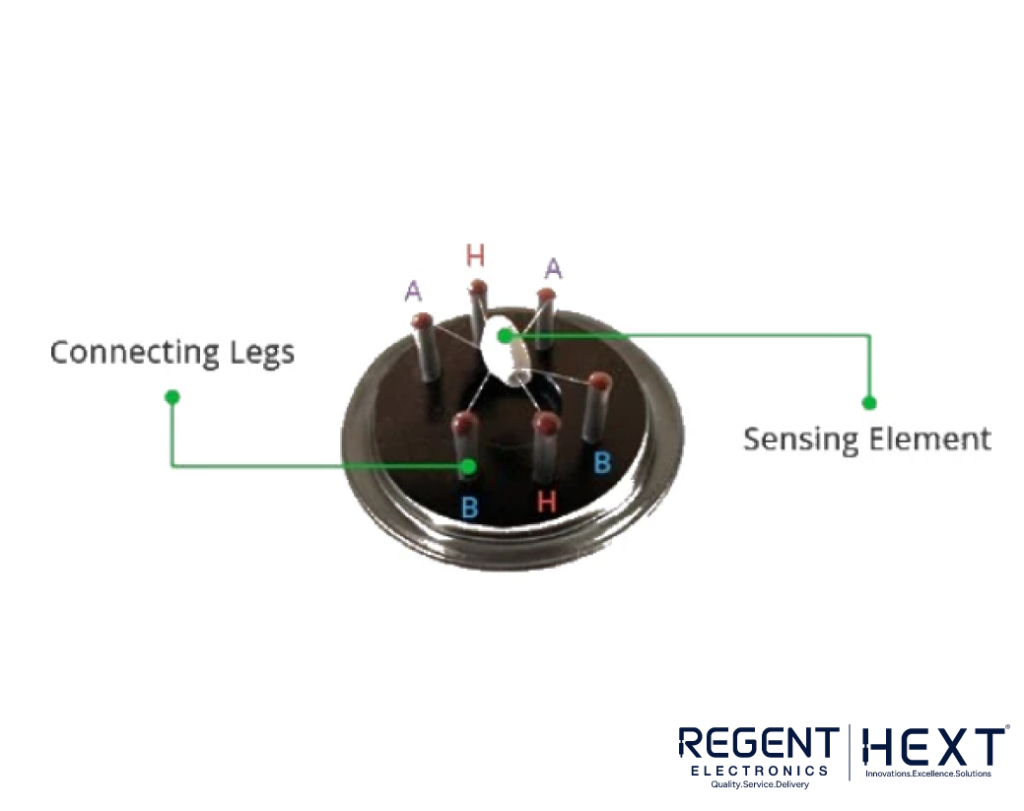
MQ-3: Alcohol Detection Sensor
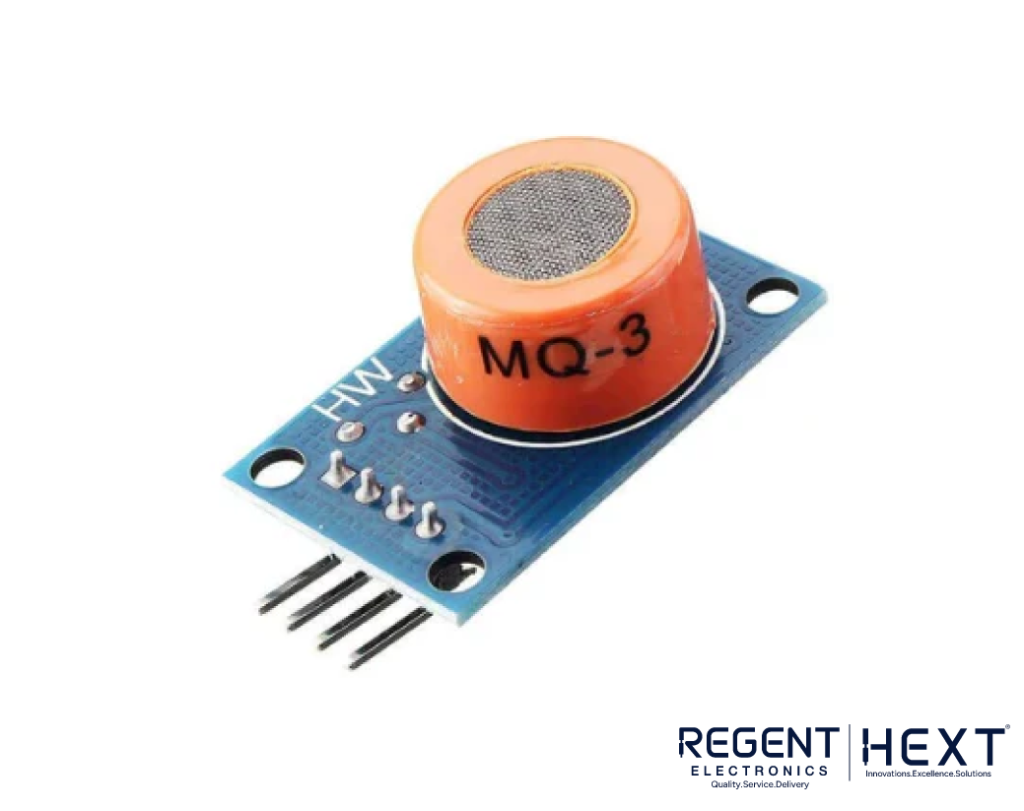
The MQ-3 is highly sensitive to alcohol and can also detect benzene, CH4, hexane, LPG, and CO. It’s ideal for applications requiring precise alcohol detection.
Key Features:
- Voltage Requirements: Operates on 5V DC with a power consumption of approximately 800mW.
- Detection Range: 25 ppm to 500 ppm.
- Applications: Breathalyzers, alcohol detection systems, and fuel monitoring.
Structure: The MQ-3 sensor employs a tin dioxide layer on a ceramic base to measure alcohol concentrations. A potentiometer allows users to adjust sensitivity and set thresholds for digital output.
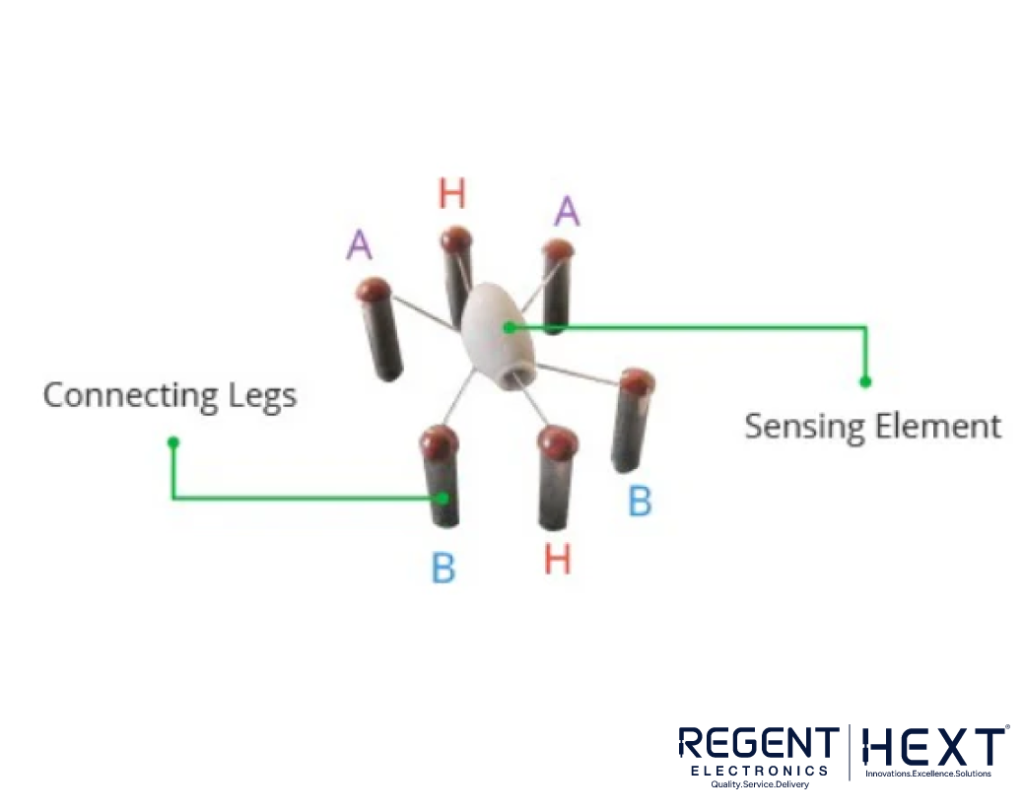
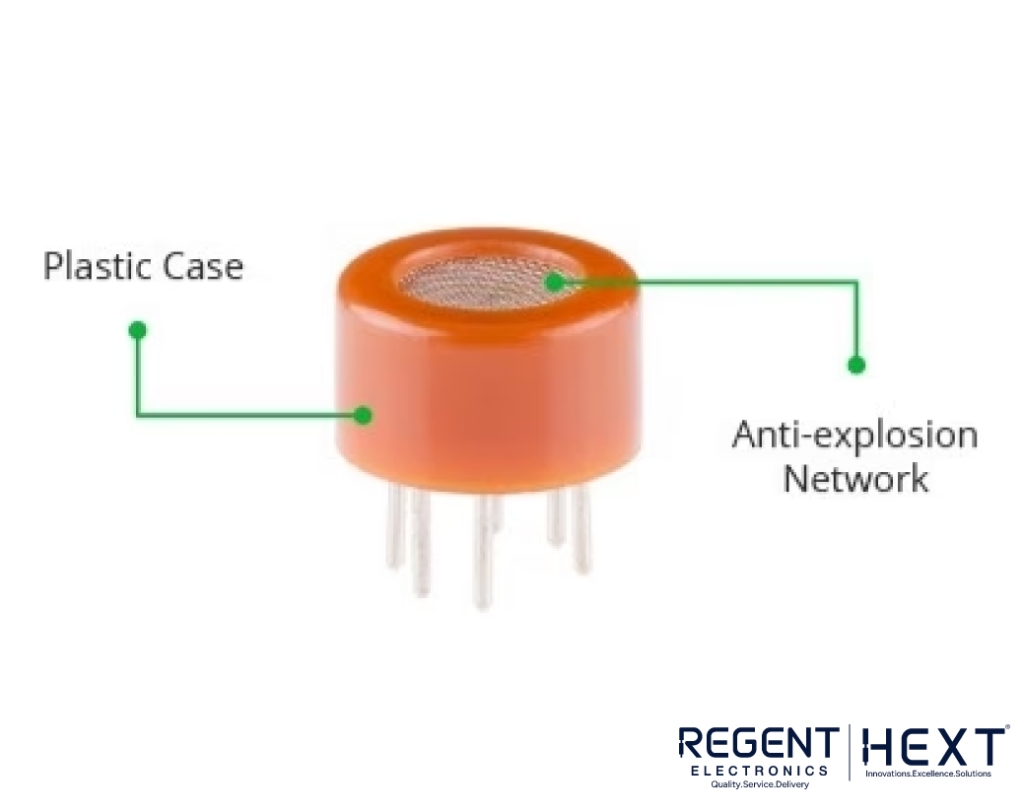
MQ-4: Methane Gas Sensor
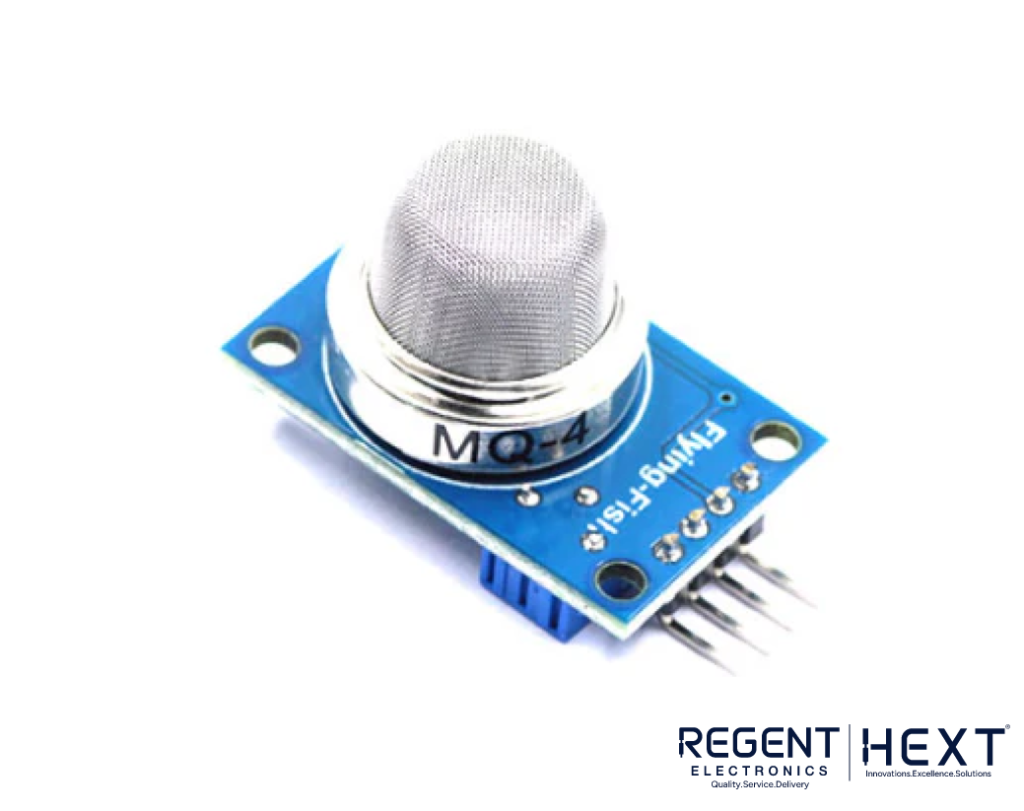
Specialized for methane and natural gas detection, the MQ-4 sensor is a reliable choice for monitoring combustible gases.
Key Features:
- Voltage Requirements: Operates on 5V DC with a power consumption of 750mW.
- Detection Range: 300 ppm to 10,000 ppm.
- Applications: Gas leak detectors, CNG monitoring, and industrial safety systems.
Structure: The sensor features a ceramic tube coated with SnO2, supported by a heater to maintain optimal operating conditions. Stainless steel mesh provides additional safety.
MQ-135: Air Quality and Hazardous Gas Sensor
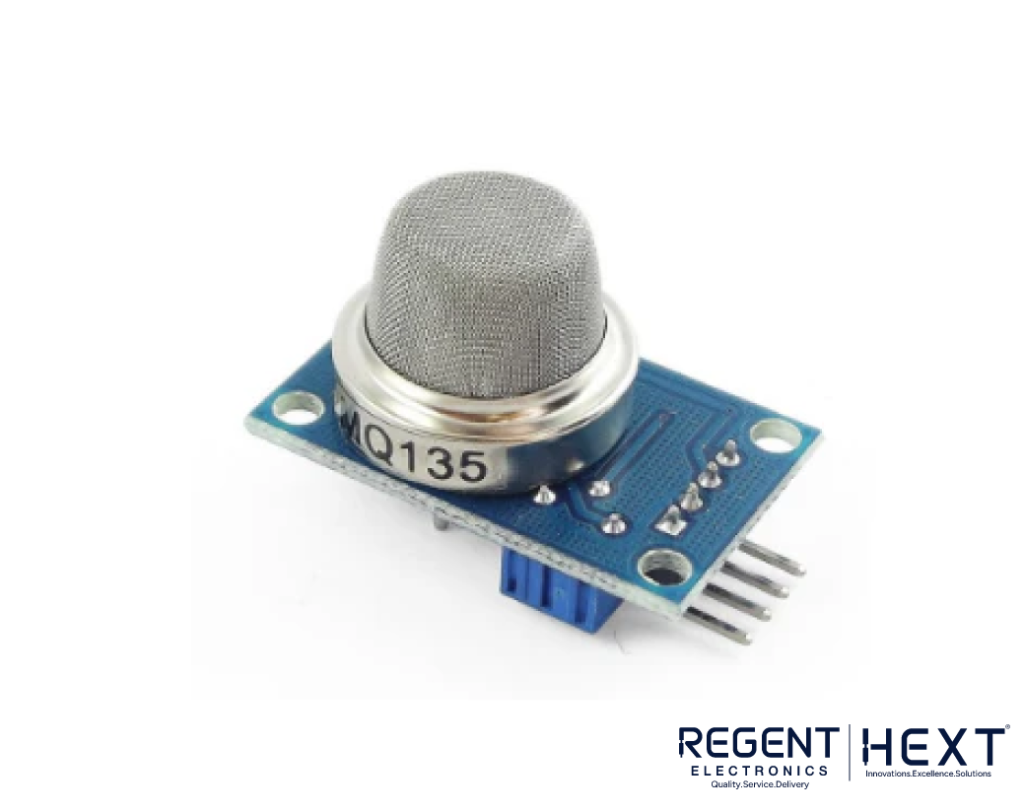
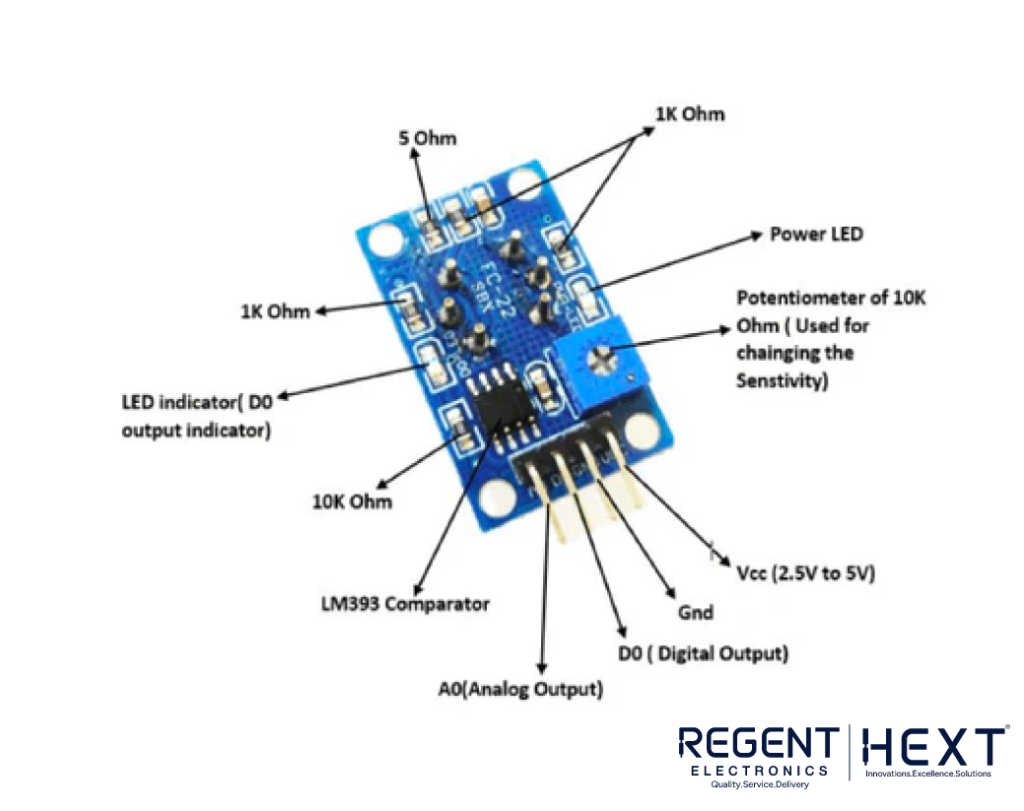
The MQ-135 sensor is designed for monitoring air quality and detecting hazardous gases.
Key Features:
- Gases Detected: CO2, alcohol, benzene, smoke, NH3, NOx, butane, and propane.
- Applications: Air quality monitoring, pollution control systems, and gas leak detectors.
- Voltage Requirements: Operates on 5V DC.
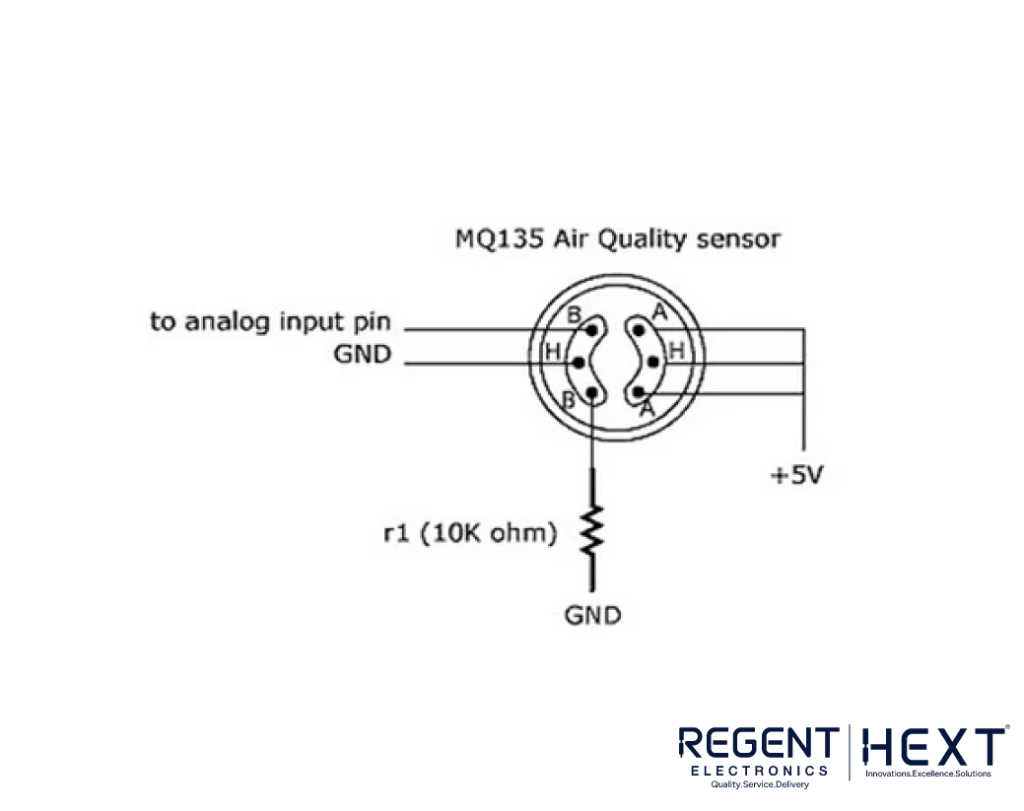
How It Works: SnO2 forms the core of the sensing layer, offering higher resistance in clean air. The resistance decreases as the concentration of hazardous gases increases, producing an analog output proportional to the gas concentration.
MQ-7: Carbon Monoxide Detection Sensor
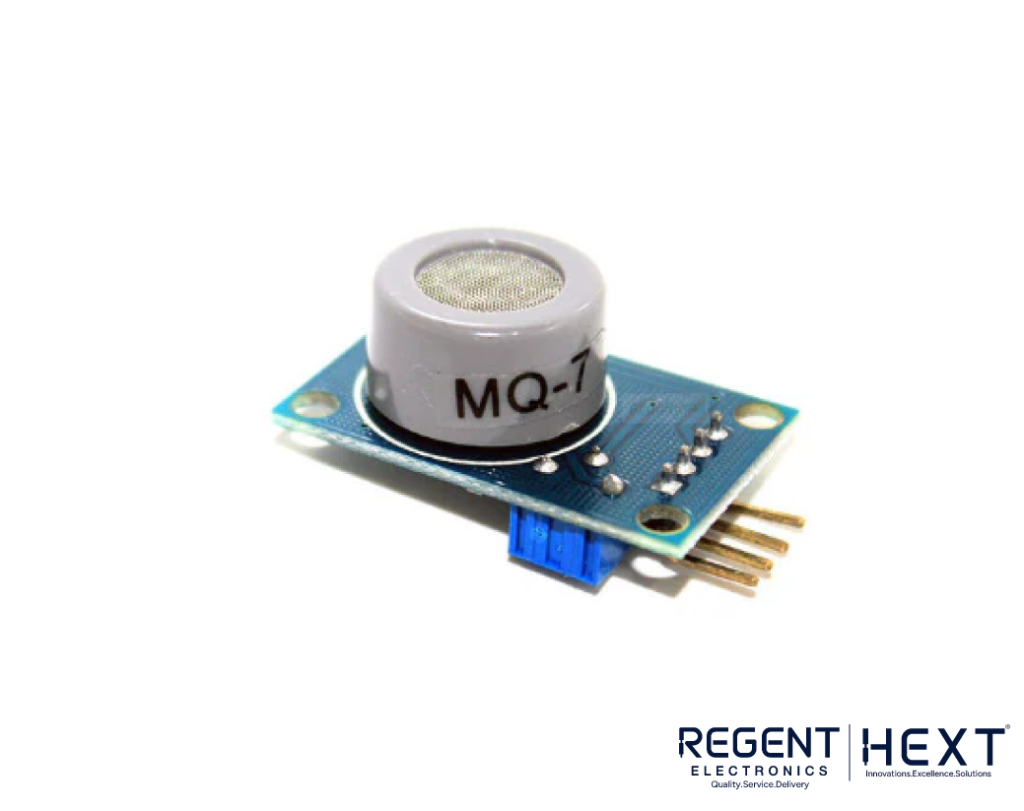
The MQ-7 sensor is optimized for detecting carbon monoxide (CO) levels in the environment.
Key Features:
- Voltage Requirements: Operates on 5V DC with a power consumption of less than 150mA.
- Detection Range: 10 ppm to 500 ppm.
- Applications: CO detectors, industrial safety, and environmental monitoring.
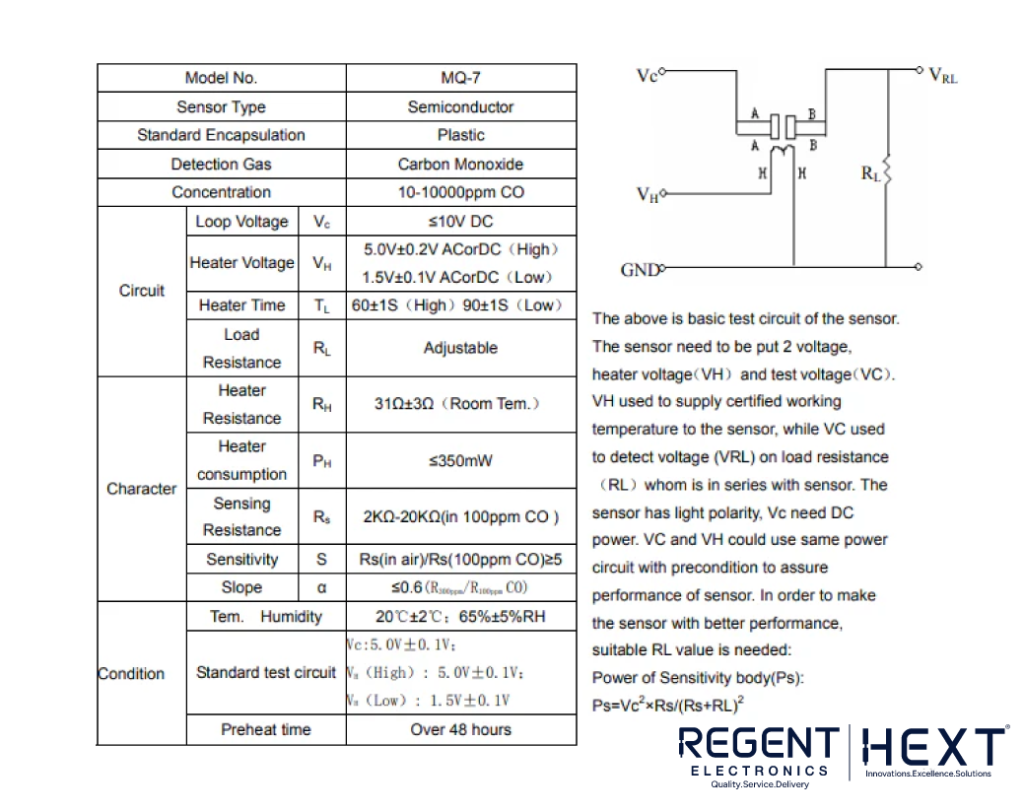
How It Works: The sensor’s analog resistance output reflects the concentration of CO. A built-in potentiometer helps fine-tune the sensitivity, making it compatible with Arduino and other microcontrollers.
Pin Configuration for MQ Series Sensors
- VCC: Supplies 5V power to the sensor.
- GND: Connects to the system ground.
- Digital Out (DO): Provides a digital signal when gas levels exceed the set threshold (adjustable via potentiometer).
- Analog Out (AO): Outputs an analog voltage proportional to gas concentration.
How MQ Sensors Operate
MQ sensors operate on a straightforward principle. Once powered with 5V, they require a warm-up period to stabilize. The sensing material’s resistance changes when exposed to gases, altering the voltage output. Users can adjust the sensitivity using the onboard potentiometer for precise detection.
Steps to Use:
- Connect the sensor to a 5V power source.
- Allow the sensor to preheat for optimal performance.
- Expose the sensor to the target gas.
- Monitor the output through the analog or digital pins.
- Adjust the potentiometer to set the desired sensitivity level.
Choosing the right MQ sensor depends on your application’s specific requirements. Whether you’re developing a safety system, monitoring air quality, or designing a breathalyzer, the MQ series offers a reliable and cost-effective solution. For high-quality MQ sensors and expert advice, explore Regent Electronics today!
